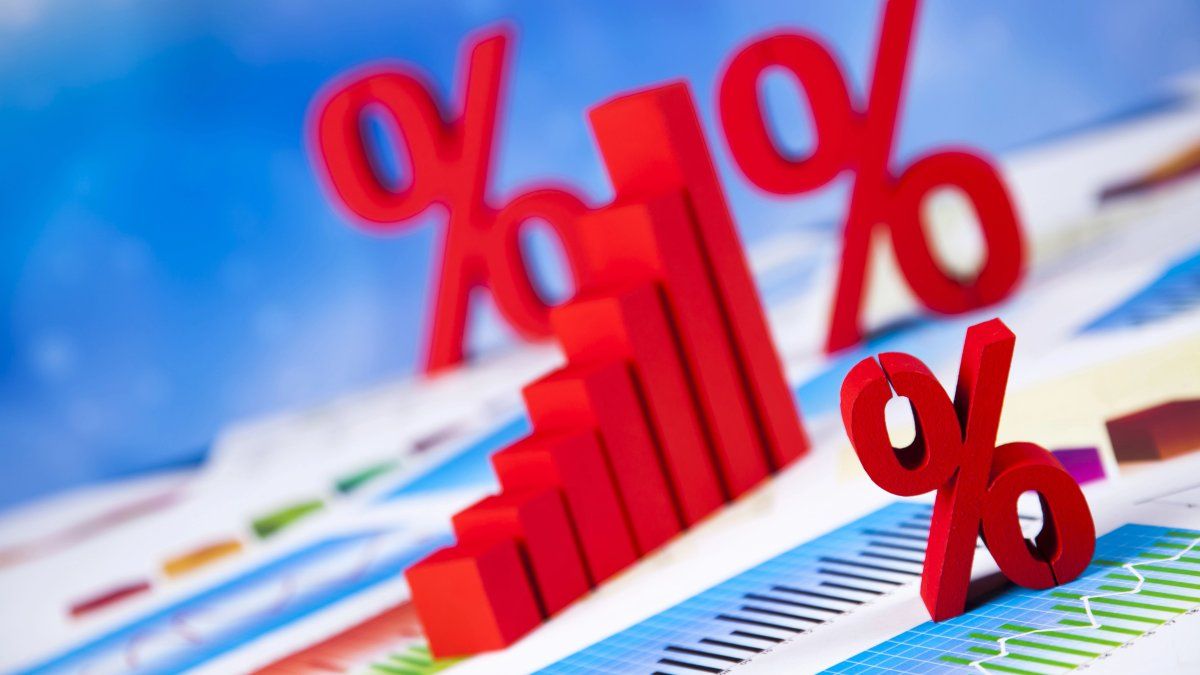The president said in a meeting with businessmen held last week that he will announce how the tax accounts were closed in the quarter, to which he announced that “The first quarter of the year ended with a positive financial result”. A report from the Congressional Budget Office explained that during the first quarter of the year the government “improved its financial and primary results compared to the same period of the previous year: both records were surpluses, as opposed to the deficits of the same period of the previous year However, both results were negative in the month of March.”
Likewise, “this week the opinions should be reached in the commission of the Base Law and the Tax Law and then raise its treatment to the Chamber of Deputies,” said Portfolio Personal Inversiones. Congress must begin to deal with a broad decree promoted by the ruling party that was rejected by the Senate and now must be debated in the Chamber of Deputies.
Bonds and stocks on the rise
In that context, the sovereign bonds in dollars They operate with increases of up to 4.2%, led by the AL41 (Bonar 2014), followed by the AL29 (+2.8%) and the AL30 (+2.5%).
Debt instruments gained 2% last week and are rising at the beginning of this week. That has an impact on a country risk measured by the JP.Morgan bank that falls six units to 1,206 basic points.
For its part, the stock market benchmark S&P Merval rises 2.96%, to 1,224,484.42 unitsled by improvement in energy and financial stocks, after gaining 1.4% on Friday, trimming the weekly loss to 4.44%.
“The quotes (of the local financial market) accompany the good financial news, but with the warning of what will happen to the real economy and the external situation,” said VatNet Financial Research.
Meanwhile, the ADRs of Argentine stocks on Wall Street It also offers a majority of green accents.
The dollar and economic policy
In the exchange market, the peso in the interbank segment remained regulated with a decrease of 0.11% to 872.50 per dollar, under a ‘crawling peg’ set at 2% monthly.
Despite a inflation with signs of slowing In recent months, some analysts have doubts about the level of depreciation of the peso ordered by the Government. The future business of the peso were agreed at 950 units per dollar for June and 1,160 in business as of October of this year.
The domestic currency in the alternative exchange markets in the face of current operational controls was traded at 1,066.5 per dollar in the ‘cash with settlement’ (CCL) stock market, at 1,020.5 in the so-called MEP dollar and at 1,025 per dollar in the marginal round. or ‘blue’.
Milei aims to eliminate the exchange rate and implement a system of currency competition, control the fiscal deficit and shrink the State, among other points.
“Although on the economic side a correction of the BCRA balance is seen at the expense of a recession that is beginning to affect collection and an exchange delay that is beginning to complicate costs, the ‘B’ side of this is the social conflict that is beginning to appear behind said corrections, which at the moment is not reflected in Milei’s approval in the surveys,” EcoGo said. .
The consultant added that “The initial problem of support for the measures arises that it is required after a strong contraction in real income and adjustments in relative prices of the economy”. A march, which is considered important, was called for Tuesday to protest the cuts in funds to public universities.
Source: Ambito
I am a 24-year-old writer and journalist who has been working in the news industry for the past two years. I write primarily about market news, so if you’re looking for insights into what’s going on in the stock market or economic indicators, you’ve come to the right place. I also dabble in writing articles on lifestyle trends and pop culture news.




